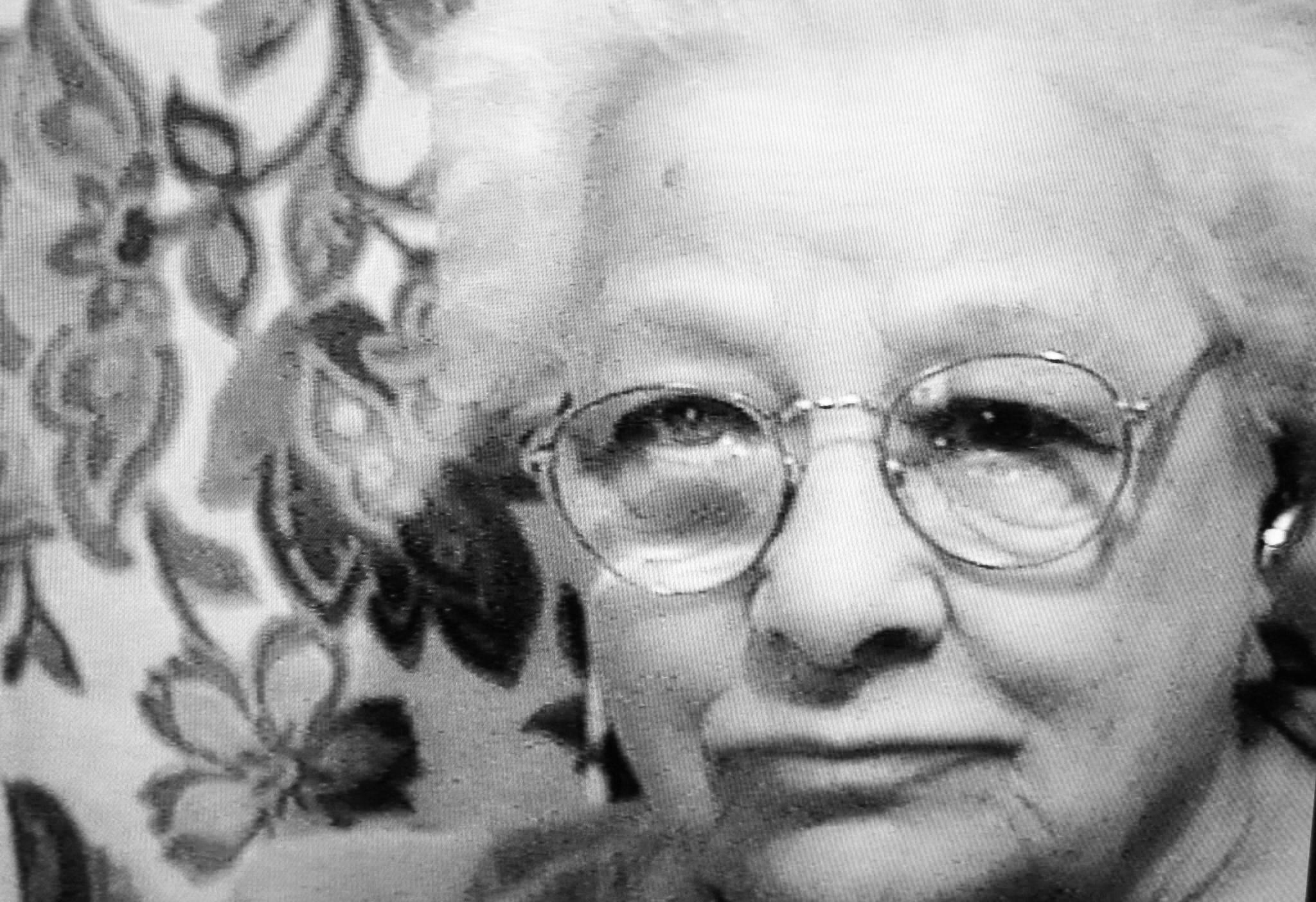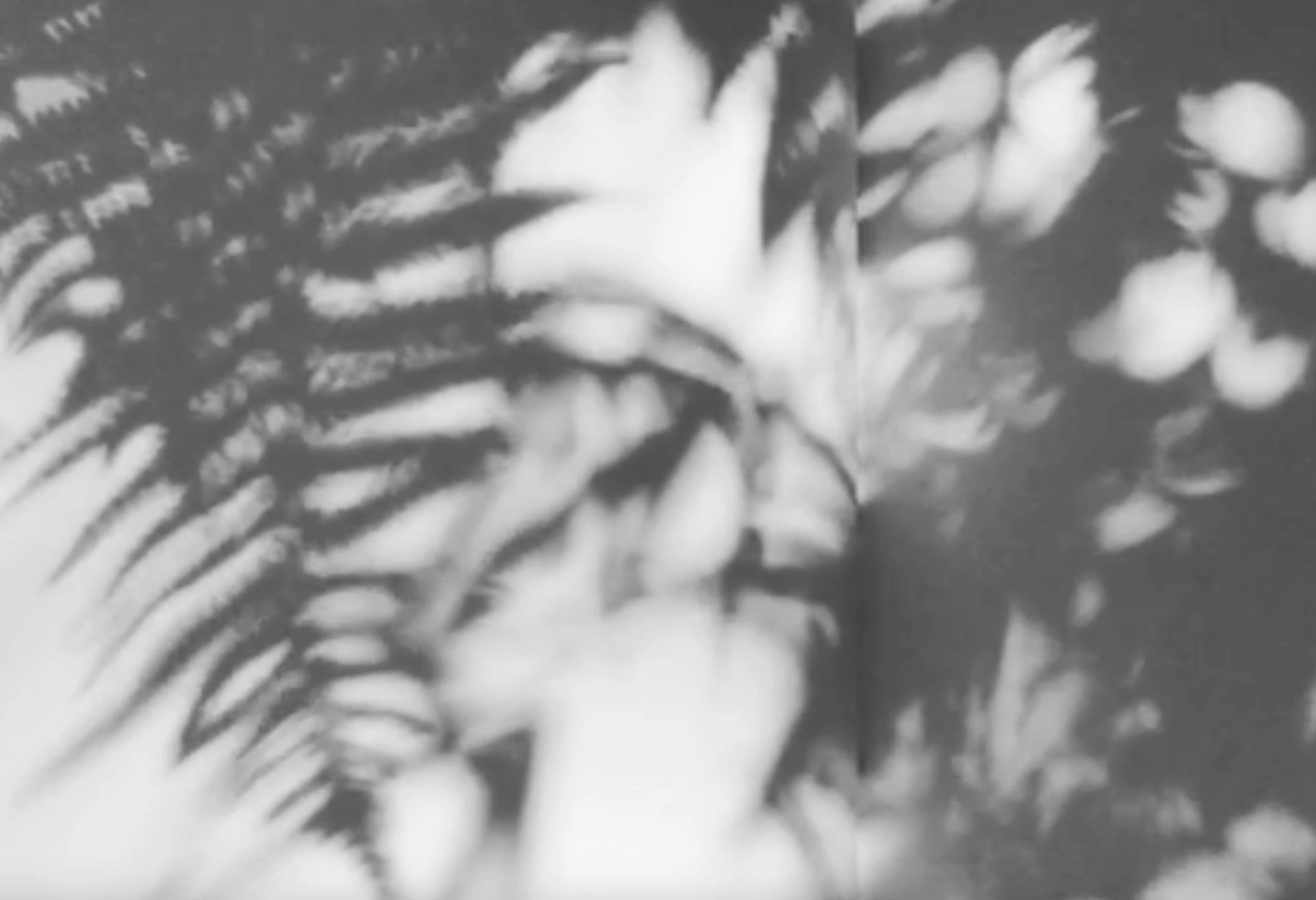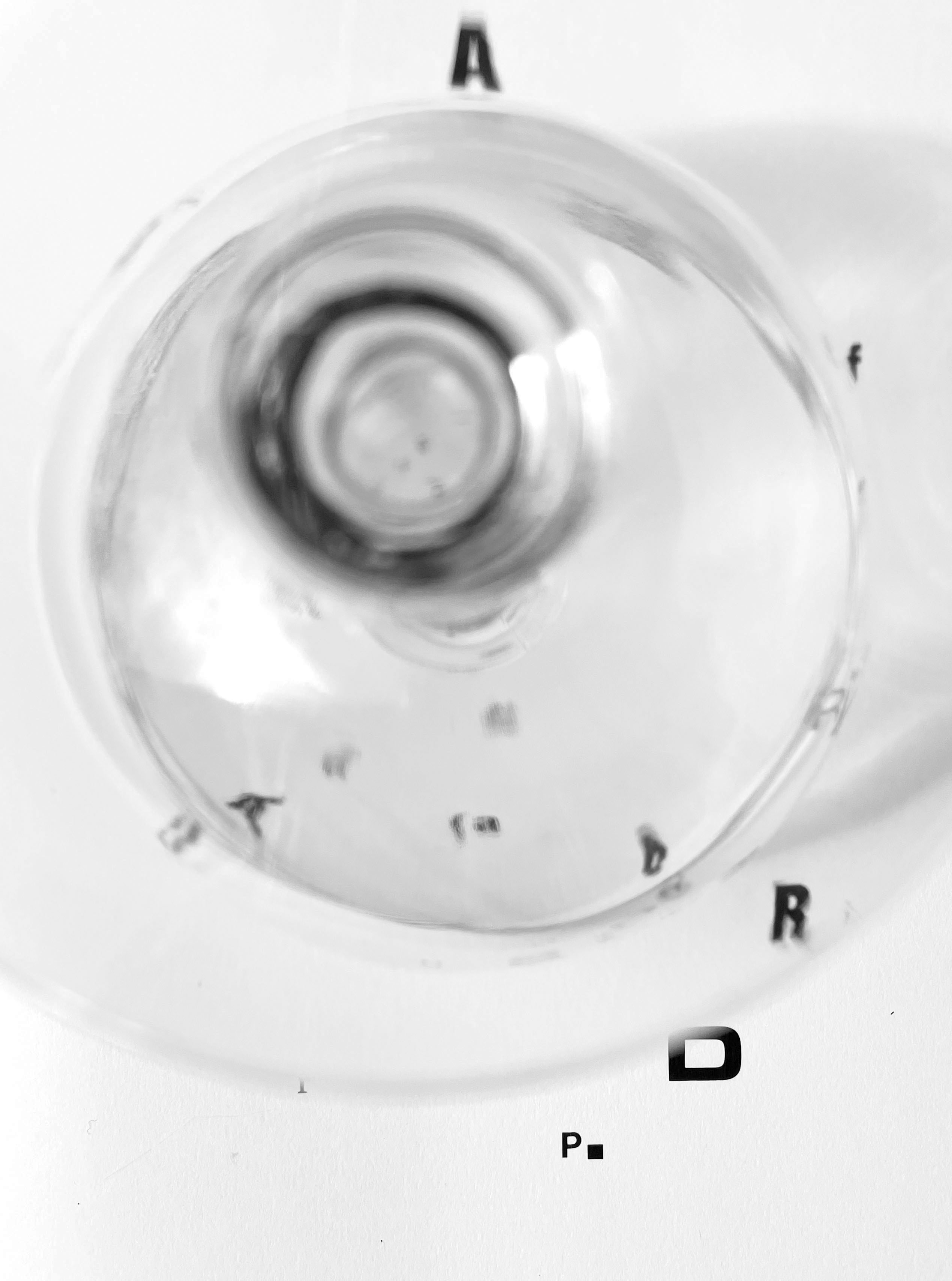
mo[nu]ment. 2006-8. Sebastiane Hegarty
[Silence]
FIRST VOICE [Very softly] 1
Shh. Shush. Hush. Schtum. Silence is often something imposed, an instruction to refrain, to not participate, something we leave behind when we hold our tongue and keep mum. It seems appropriate that many of the silencing verbs, which are primarily directed toward a silencing of speech, are onomatopoeic in origin; pre-verbal imitations of sounds that hold voice back from language. Even the physical action of the verbs’ pronunciation requires a narrowing of the mouth, a gesture which in the mumble of closed lips and shushed tittle-tattle of tongue against teeth, mimes the physical restraint of utterance. But the refrain of silence need not be a negative imposition, it might be a positive choice, an elective, collective and possibly selective withdrawal from presence.
The above paragraph is from, Withdrawn from use: Silence, listening and undoing, a new article published in the latest issue of the journal Organised Sound 26/2 (Cambridge University Press). Edited by the composer, musician and academic, Tullis Rennie the issue explores Socially Engaged Sound Practices. In his editorial Tullis introduces a collection of articles which are:
‘[…] decidedly diverse: in interpretations of ‘sociality’; and in addressing distinct areas and eras of sound practices – the contemporary, canonical and hereto less-heard. Considering this issue as a single entity, the authors thus become united in their aim to diversify the conversation, in decentralising theoretical approaches to the subject matter and in the positive inclusion of a wider variety of voices, experiences, sounding bodies and attitudes to listening.’
I am delighted to be amongst such a diverse and fascinating collection of articles and authors, which includes Catherine Clover, whose article, Oh! Ah ah pree trra trra, extends sociality beyond the human to ‘speculative and expansive interspecies encounters’, Sam Mackay who examines ‘The sonic politics of “Clap for Carers” […] as participative sonic arts practice’ and Chris J. H. Cook whose article, Trevurr: A dialogic composition on dementia, auraldiversity and companion listening, ‘documents important aspects of participatory practice with neurodiverse collaborators, told through the lens of a co-created sound work.’

Withdrawn from use: Silence, listening and undoing
Abstract
In his book Giving Way, Steven Connor provides a list of unappreciated qualities. This list starts with a capitalised, ‘SILENCE’. Shyness, reserve, withdrawal and holding back accompany silence in a long sentence of qualities, which ‘tend to be marked with disapproval, sympathy or revulsion’, and some of which are, as Connor notes, ‘characterized as a mental disorder, in the form of social anxiety or social phobia’ (Connor 2019: 1).
Silence is often seen as a lack of agency, an anti-social and suspect unwillingness to participate. But as a sound artist working with field-recording, I am aware that silence, withdrawal and holding back can also be a form or method of participation and social practice. Since 2004, my sound work has included a series of physical and imagined silent releases. The article draws on these works and the writing of, amongst others, Steven Connor, Seán Street, Hamja Ahsan, Gaston Bachelard and Dylan Thomas, to explore silence as a potential, shared and communal space; an immediate composition that invites both listener and non-listener into its congress. Listening in on the conversation of telephone pauses and the closed paragraphs of library shelves, silence can be heard undoing purposeful agency, shyly engaging us in the anti-social practice of inaction, so that we might not participate, together.
I am grateful to the editor of Organised Sound, Prof Leigh Landy, Tullis Rennie, Jan Baiton and the peer reviewers for their critical guidance and support. Thank you as always Julia Hall for your insight and patient ear.
Organised Sound 26/2 is available on-line here.
- Dylan Thomas. 2016. Under Milk Wood.
- Steven Connor. 2019. Giving Way





















































